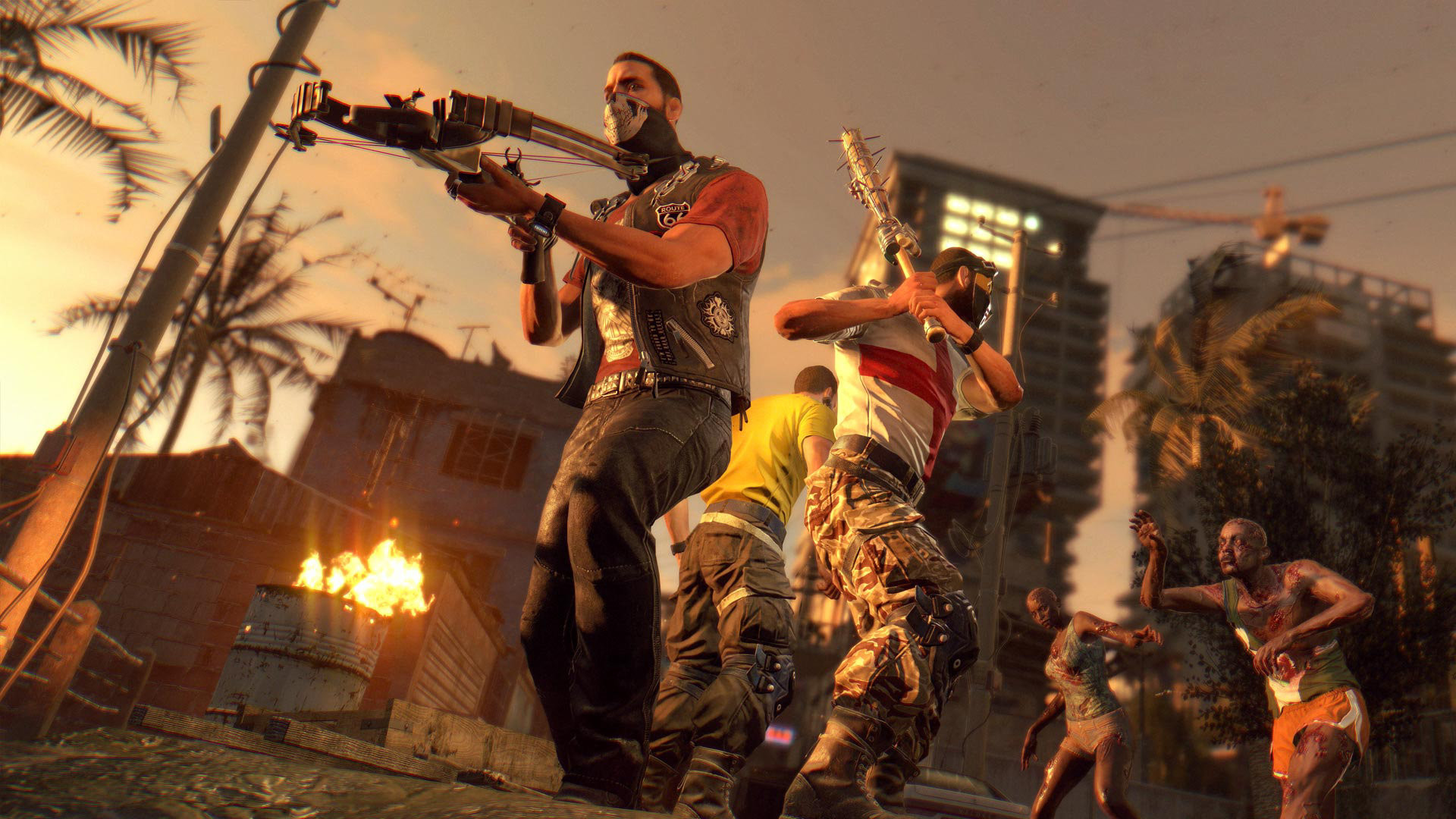Hitman Episode 1 review: Does an episodic structure hurt the franchise?
The latest chapter in Agent 47's journey has hit the Xbox One, releasing in episodic installments over the coming months.

I was initially doubtful when Hitman's transition to an episodic structure was announced, but over time I've come to accept the new business model. With this, we must bid farewell to the structure expected from Hitman games, but a new delivery of the franchise may have been what was needed to spark my interest in the art of assassination once again.
The game is scheduled to release in seven individual episodes later this year, with each episode delivering a new in-game location. Earlier this month the game's pilot episode was released, accessible via the Xbox Store and other major digital distribution platforms. This episode includes both the prologue and first mission of the game, establishing the game's storyline and giving a sample of what the following episodes may offer.
After experiencing all of the content offered for this month, I'm glad to report that game contains some of the most innovative concepts in franchise history and creates one of the most authentic Hitman experiences in recent years.
Disclosure: This review was conducted on Xbox One using a copy purchased by the writer.
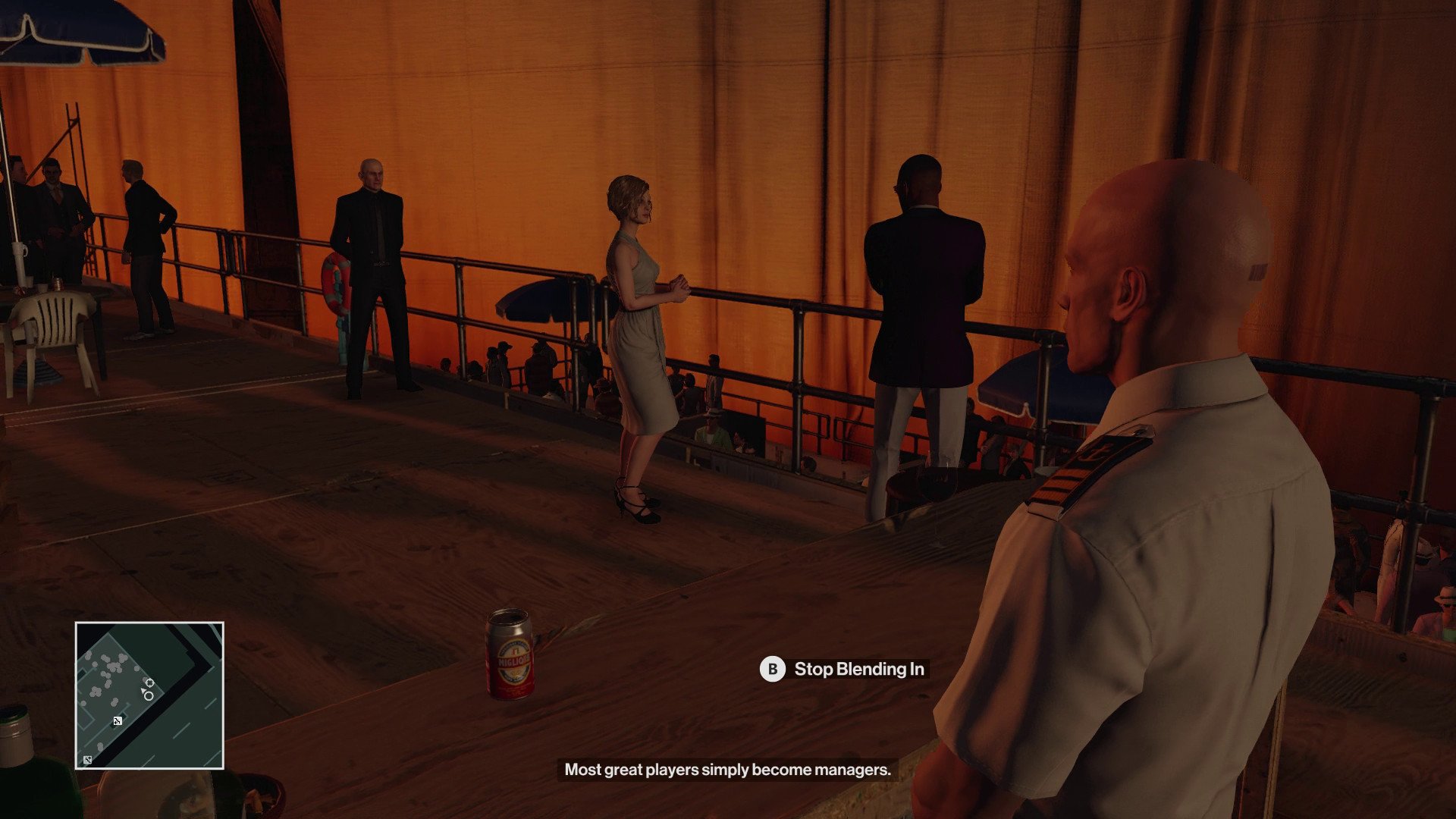
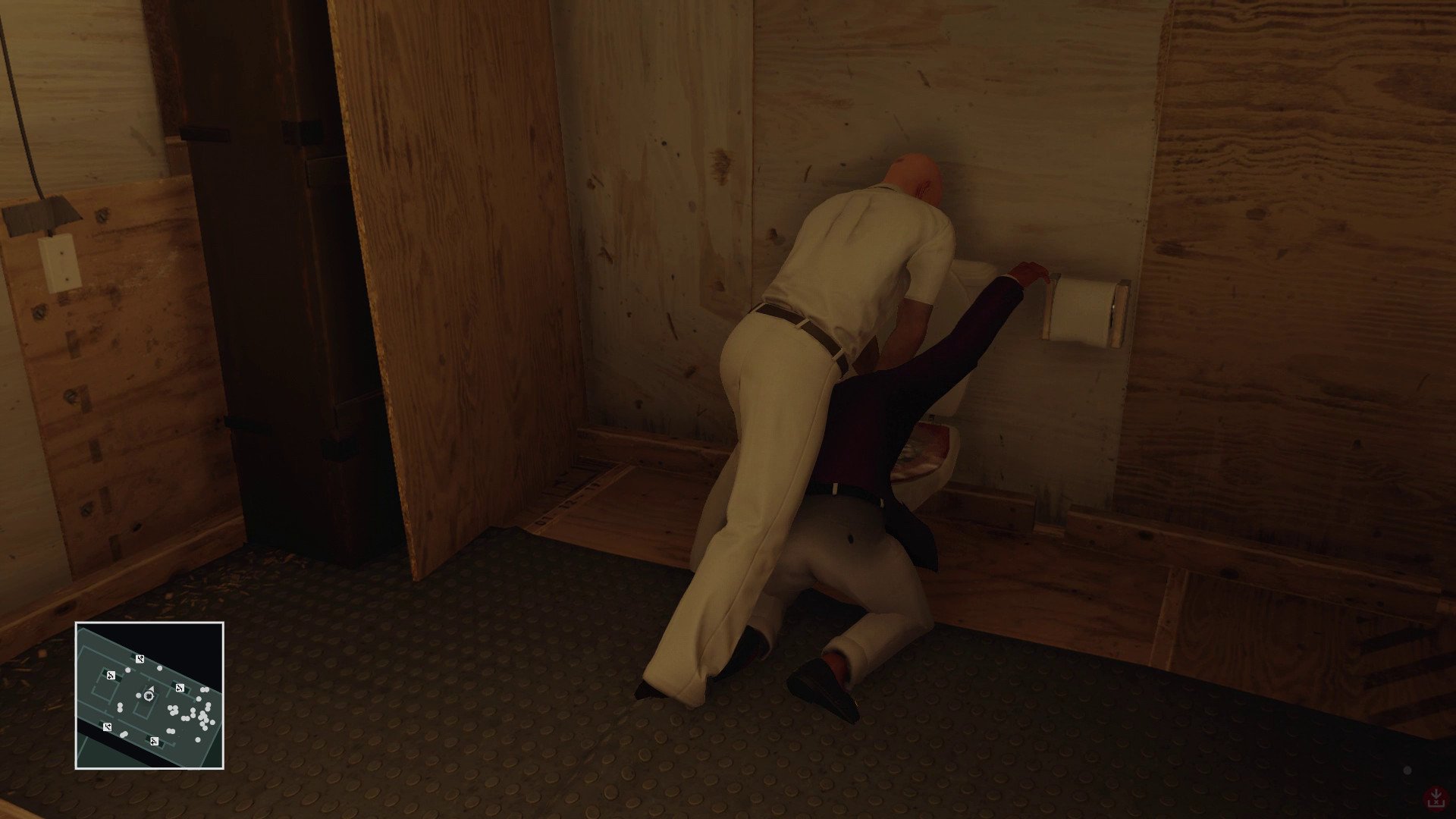
Gameplay
The game's tutorial begins before the events of previous Hitman titles, during the later stages of Agent 47's training. This precedes the first large-scale level, which takes place after the events of Hitman: Absolution. The two tutorial levels are similar to regular Hitman stages, despite a more restricted play space and repetitive level design. This is mostly to prevent new players from being bombarded with an overwhelming number of decisions, which can be found on the larger maps that the publisher has promoted. The first tutorial level takes Agent 47 to an invite-only party, hosted onboard a docked private yacht. The initial playthrough of this level is extremely linear, guiding the player through gaining access to the boat, picking up multiple disguises and eliminating the target.

After a successful escape, the player is asked to play the level a second time; experimenting with the approach the situation. This is a large aspect of Hitman's new business model, giving the player numerous ways to assassinate a target, which promotes multiple playthroughs. During my time with the game, I've managed to take out the main target, Calvin Ritter, in five different ways. Creativity and exploration go hand-in-hand alongside Hitman, with a range of varied ways to complete each objective. On the first level, I initially dressed as one of the ship's crew, infecting the target's wine with rat poison I found on the lower deck. Other scenarios have involved pushing a life raft onto Ritter while he walked by, pretending to be a VIP attending the party and smuggling a shotgun onto the boat as a security guard.
Thanks to a highly-developed self-contained sandbox, Hitman stays true to the series' roots
This kind of freedom is where Hitman's replayability shines through, with a seemingly endless number of ways to approach each target. Thanks to a highly-developed self-contained sandbox, Hitman stays true to the series' roots, encompassing the best of what earlier games had to offer. This is mostly due to an open mission structure with fewer linear situations, promoting player creativity rather than a tailored, story-driven experience. The new 'Opportunities' and 'Challenges' systems give players minimal guidance, helping players find the scripted ways of carrying out assassinations.
All the latest news, reviews, and guides for Windows and Xbox diehards.
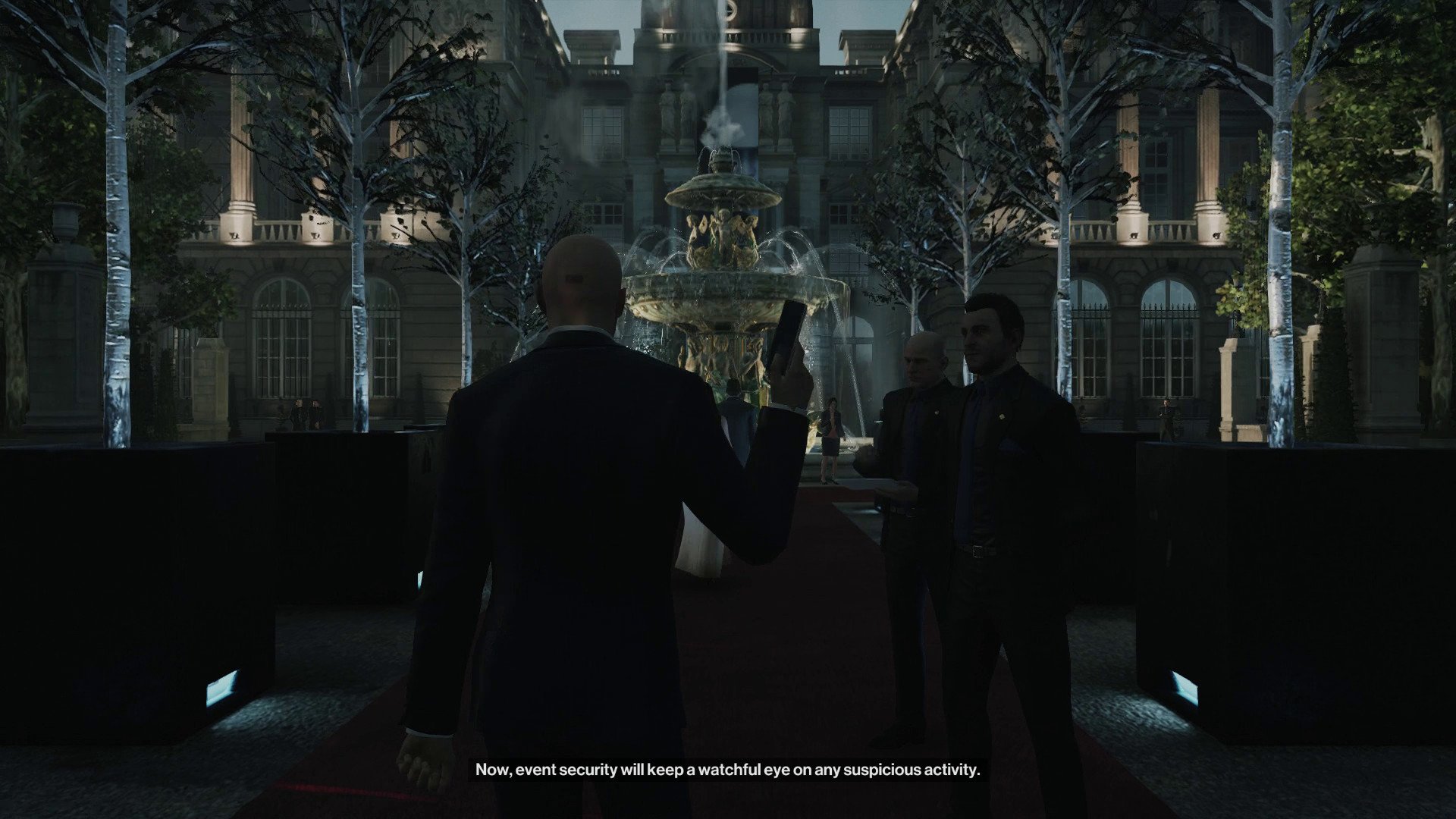
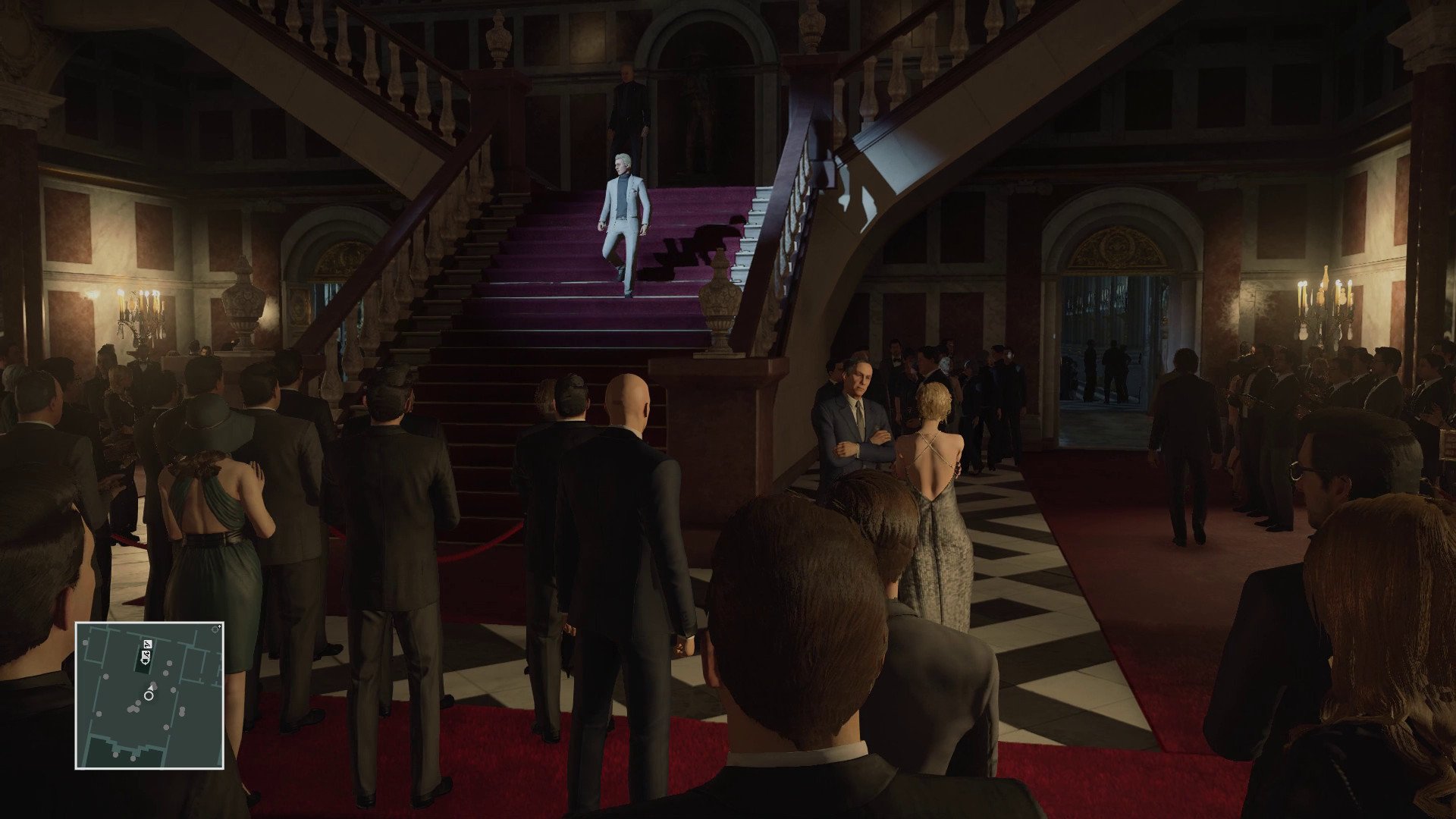
Level Design
Hitman's new business model and release schedule also encourage these values, rather than the linear story that became a focus of the last Hitman release. While each map only offers one primary objective, they act as diverse sandboxes where the player can discover their own experience. The new approach to Hitman level design helps with this, best showcased during the first non-tutorial level, set inside a French fashion show. The map spans across one expansive area, including a populated fully-furnished mansion and the surrounding gardens. This shows the sheer potential of the sandbox, with an incomprehensible number of event attendees and a subset of individuals with unique personalities.
With the return of Hitman: Absolution's 'Contracts' mode, community-created content adds additional content to each level. Using the Contracts Creation tool, players can create their own missions for the community to undertake, selecting any NPC located on the map as a target. Up to five NPCs can be marked as targets, which players must execute before escaping. These tasks are frequently more challenging than the game's Story missions but lack their scripted, cinematic qualities and soon get stale.
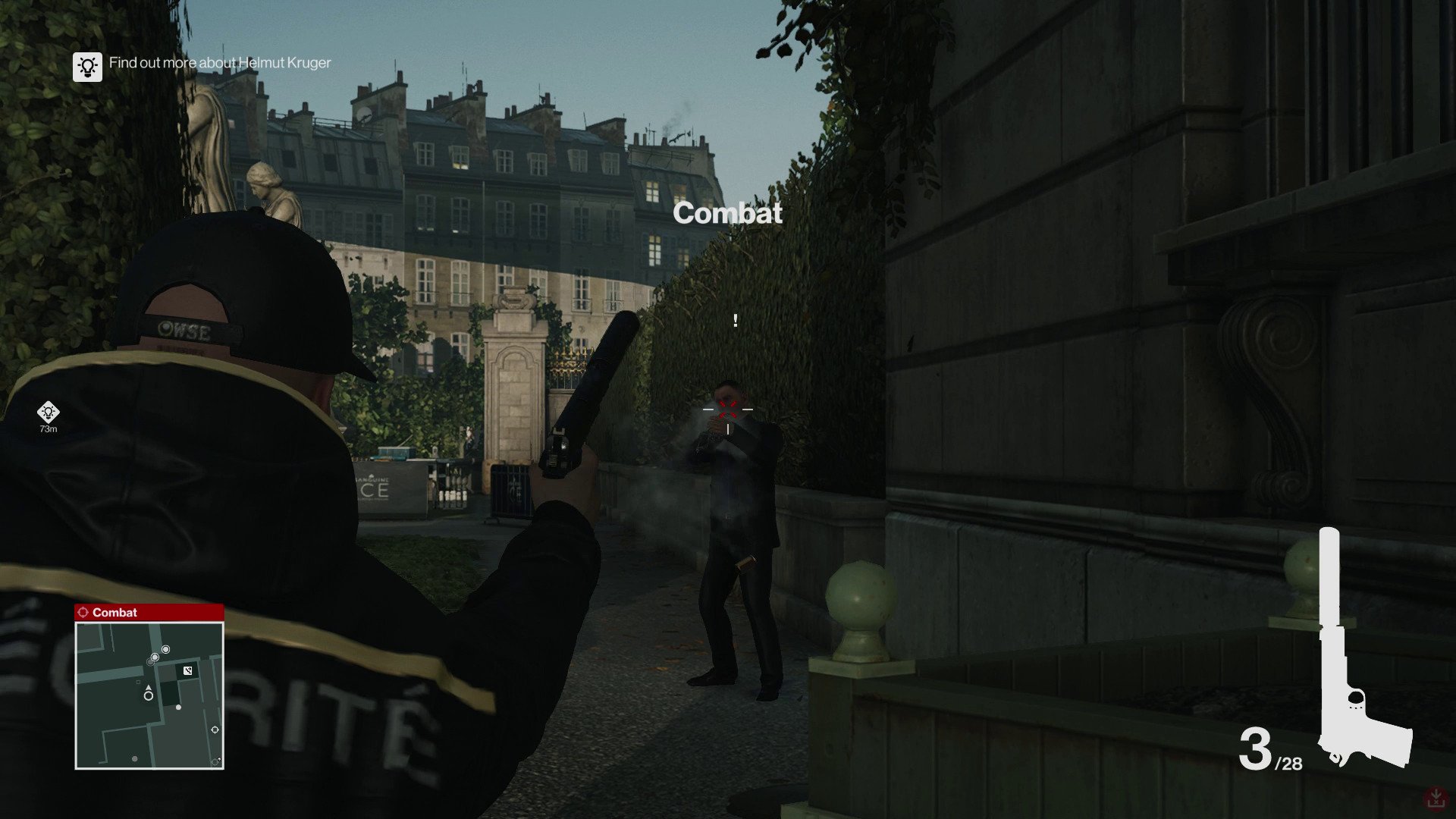
Performance
Hitman hasn't seen any major graphical upgrades this time around, with visuals almost on-par with Hitman: Absolution. Obviously with the release of current generation consoles since the last Hitman title, the ability to create more diverse and organic levels has influenced the game's development. Because of this, the new hardware is used to push the potential of gameplay, rather than higher resolution textures and a more stable framerate.
The only performance-related issue I encountered was this variable framerate, noticeable in locations packed with complex geometry and large crowds of people. The game usually fluctuates between 30 FPS and 45 FPS, but at points, the dropped closer to 20 frames per second. This can be made more consistent thanks to IO Interactive's decision to add a framerate lock, which caps the maximum framerate at 30 FPS. This rarely affects gameplay but is distracting, to say the least.
My largest gripe with Hitman is the game's integrated DRM system, which requires a constant connection to the game's servers
During my time with the Xbox One version of the game, I also encountered extensive loading times on larger levels. Most noticeable on the Paris level, loading from a previous save sometimes took over 90 seconds, even when jumping back mere seconds prior. This is something understandable due to the map sizes, but in a game where reloading previous checkpoints is a common practice, the wait can get frustrating.
My largest gripe with Hitman is the game's integrated DRM system, which requires a constant connection to the game's servers to access parts of the game. Some of the game's smaller features don't function unless connected, and while this isn't a huge issue, unstable servers sometimes make the game impossible to play. A connection error mostly causes this displayed on-screen, which forces the player to return to the menu after losing contact with the Hitman servers. This error can be bypassed by playing offline for a majority of the time, but restricts functionality and shouldn't be a precaution taken by all players.
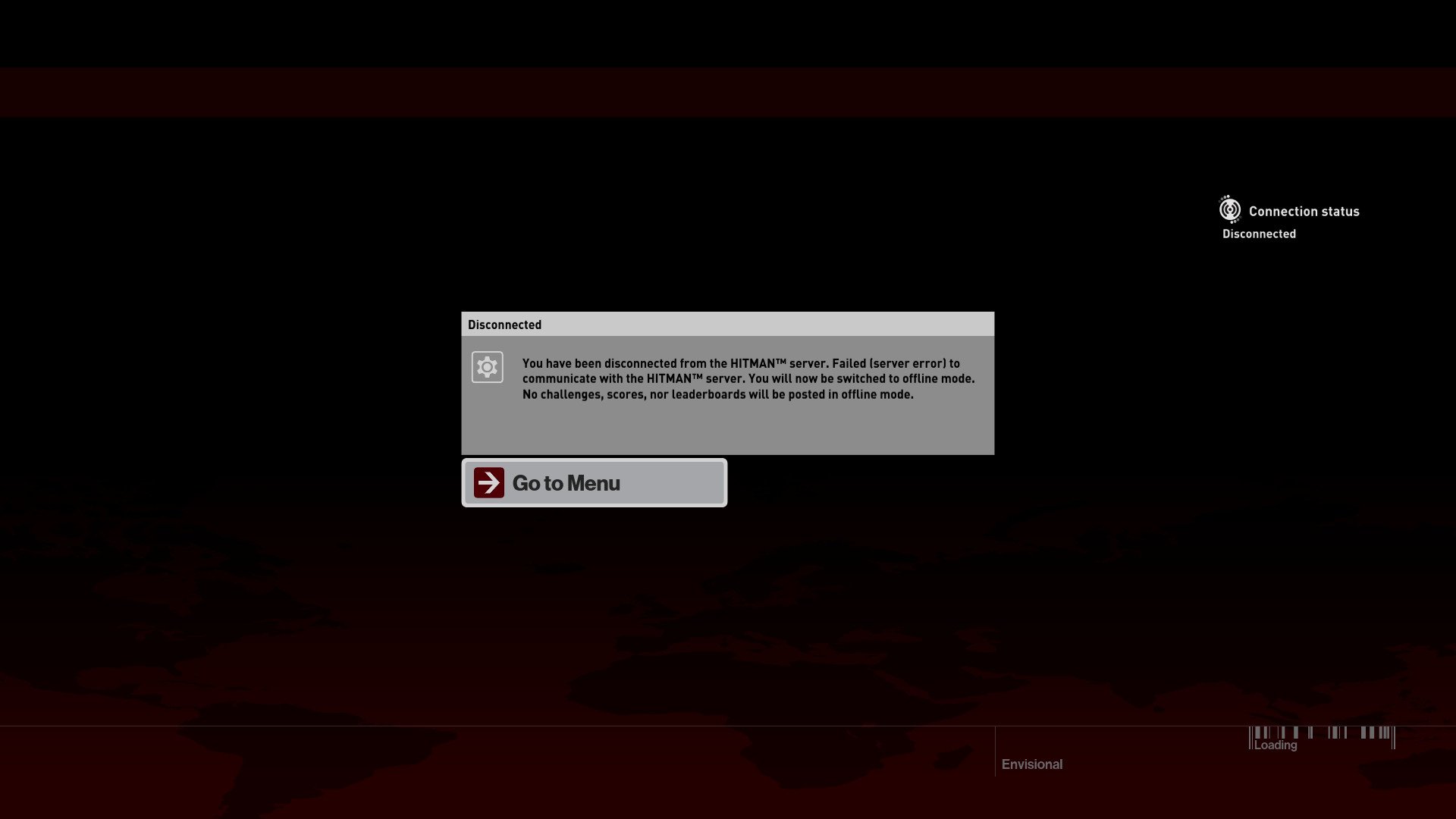
Value
As a Hitman game, the current offering from the first episode feels somewhat limited, with only three maps with which to experiment. These maps do have a significant amount of replayability, but with such a small selection, the package feels far from complete. With more maps on the way, it will be interesting to see what IO Interactive can deliver to keep the experience feeling fresh.
The first release of content, which includes the prologue and Paris stage, are now available in the standalone 'Intro Pack' bundle for $14.99. For those unsure about the new direction the franchise is headed, this gives a taste of the final product, without committing to all upcoming content releases. Those who have purchased the 'Intro Pack' can buy following episodes individually or as a single upgrade costing $49.99. Alternatively, players can go all out to begin with, gaining access to the entire first season of content for $59.99.
While the pricing does seem reasonable for an episodic experience, the asking price of $59.99 for seven primary missions is on the dearer side. Even though these levels have the potential to harvest hours of gameplay, reusing the same assets and scenarios to boost overall play time does raise questions regarding the title's value. If Square Enix can prevent a hazy release schedule by delivering a constant flow of content, this will keep players continually invested in the game's world. The developer is already struggling to stay on schedule, recently announcing that its 'Elusive Targets' update will be seeing a delay into April.
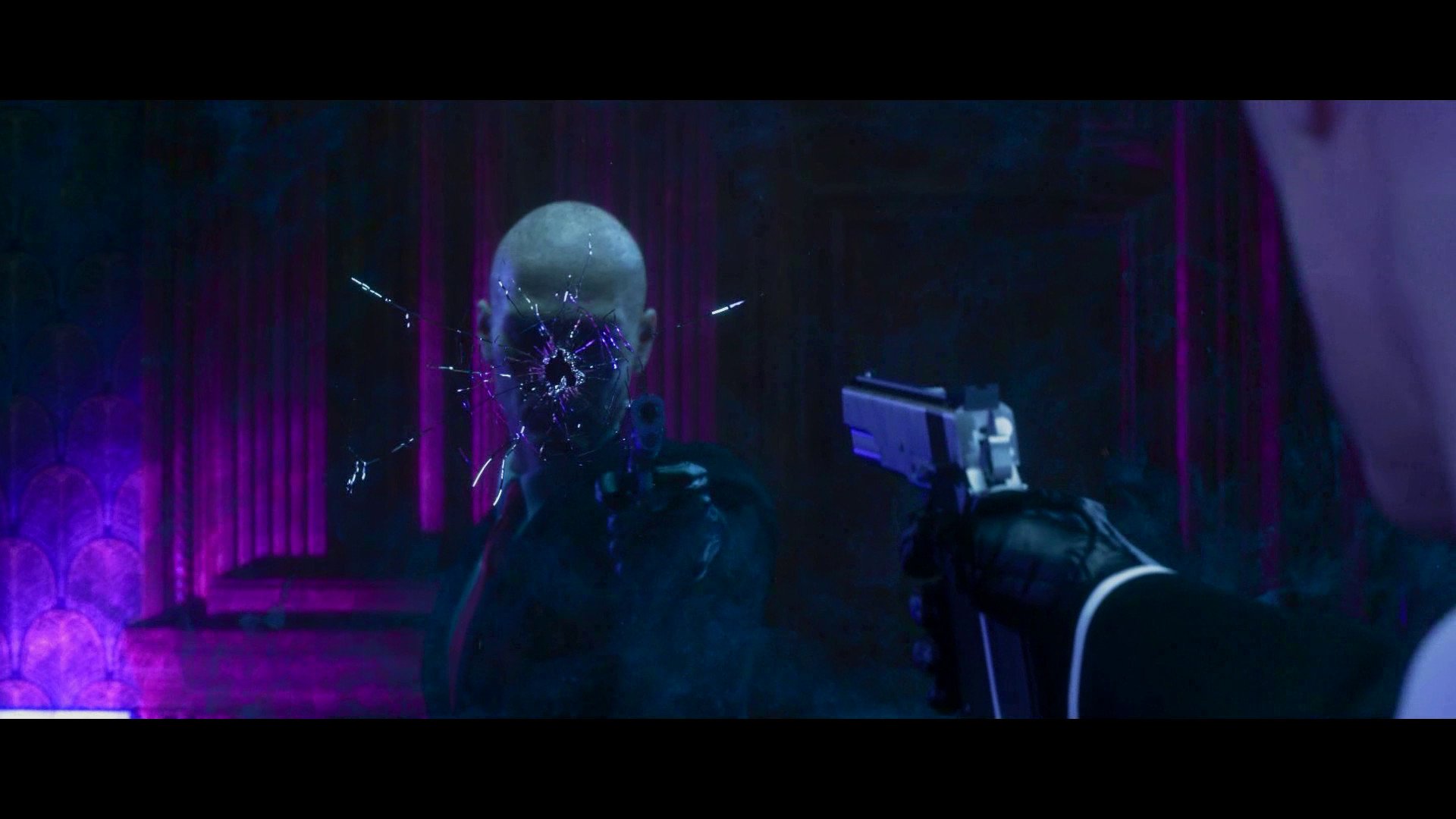
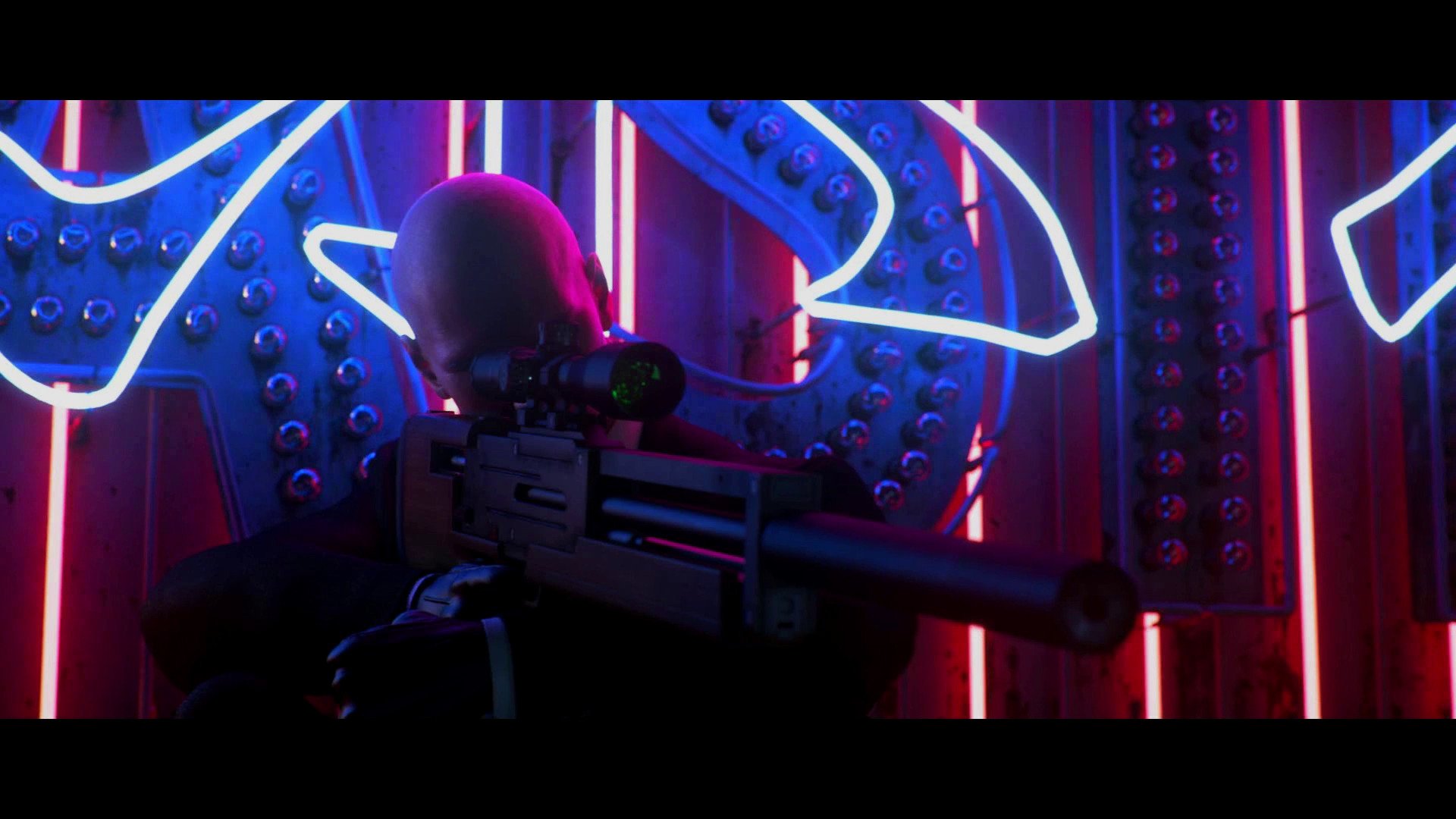
Conclusion
Hitman is a step in the right direction for the franchise, adding a new layer of replayability and value to the game's large maps. The gameplay itself is engaging and invigorating, perfectly capturing the tone of previous entries in the series. The current package is significantly lacking, but regarding gameplay, Hitman is shaping up to be one of the best games to date. Sadly numerous performance issues hinder the game's potential, but never affect gameplay in a significant way.
Pros:
- Stays true to the traditional Hitman formula
- Detailed, innovative level design
- Promotes player creativity
Cons:
- Frequent connection issues
- Questionable value going into the future
- Lack of polish and stability
Assuming Square Enix produce a constant stream of high-quality content in the future, the publisher should focus its efforts towards improving the performance of later releases. Even though a retail version of the game has been promised for early 2017, I'm still unconvinced that the publisher will stick to the strict schedule it has proposed.
Disclosure: This review was conducted on Xbox One using a copy purchased by the writer.
Matt Brown was formerly a Windows Central's Senior Editor, Xbox & PC, at Future. Following over seven years of professional consumer technology and gaming coverage, he’s focused on the world of Microsoft's gaming efforts. You can follow him on Twitter @mattjbrown.

